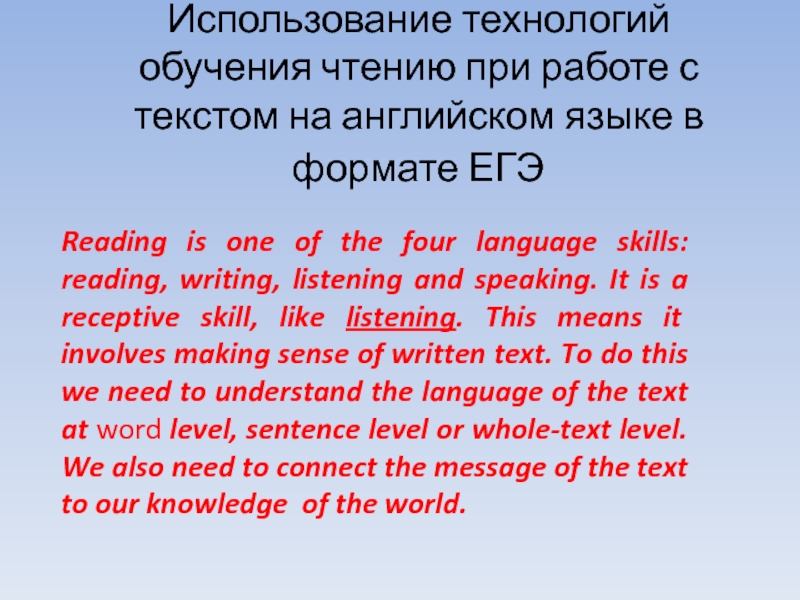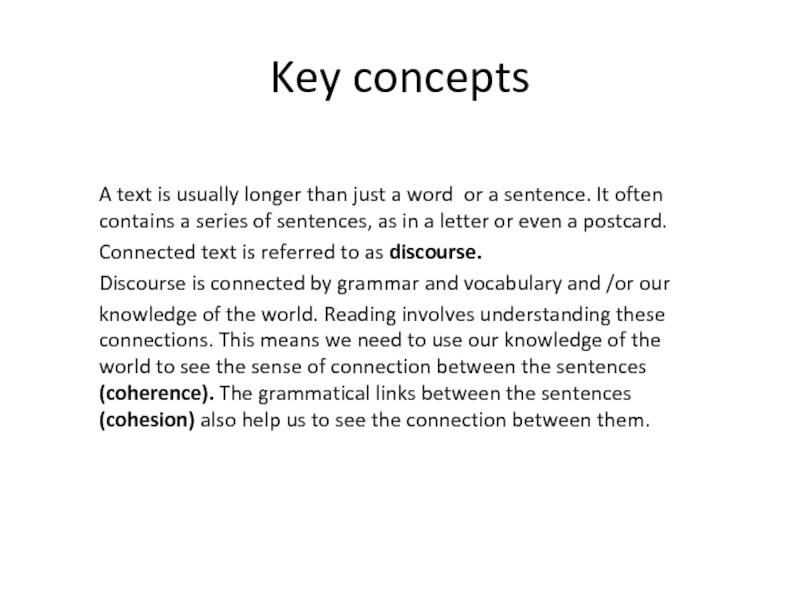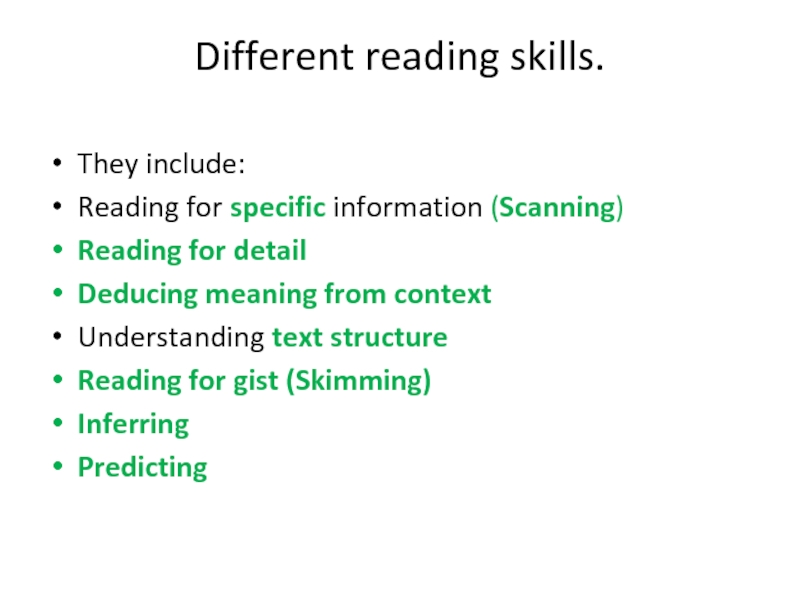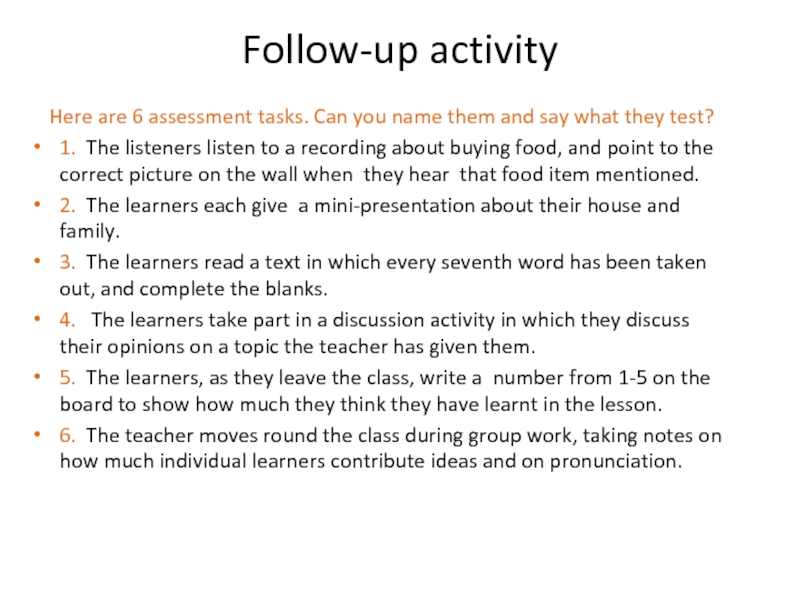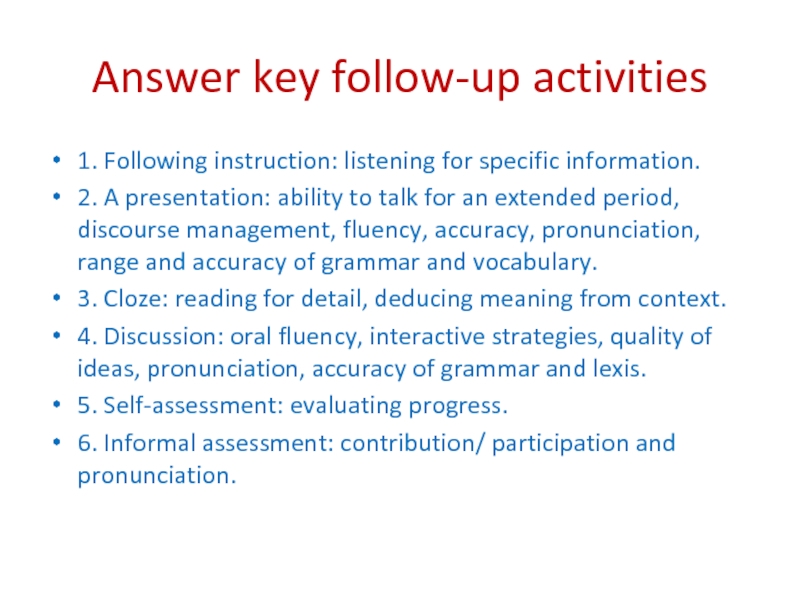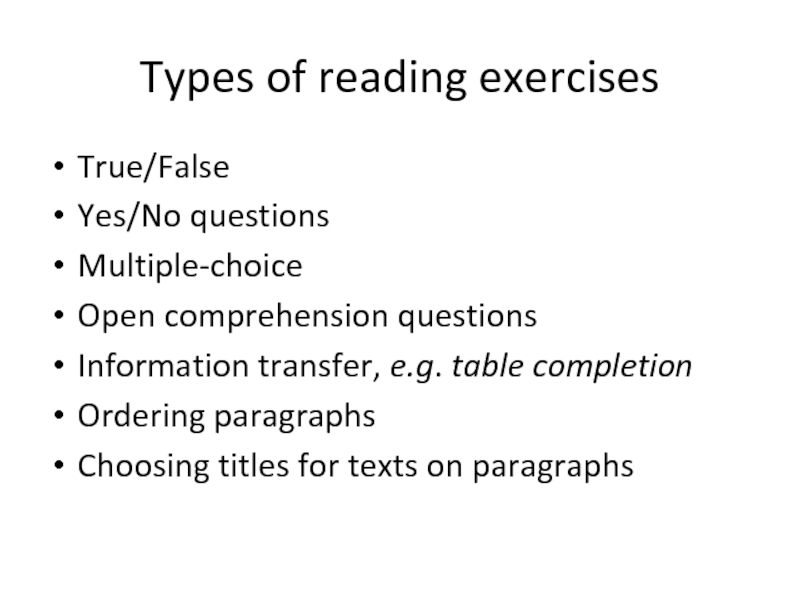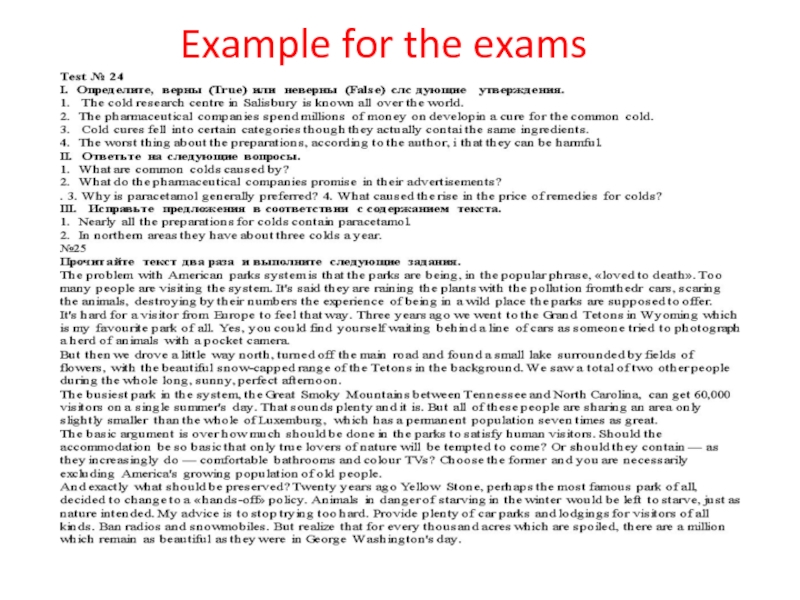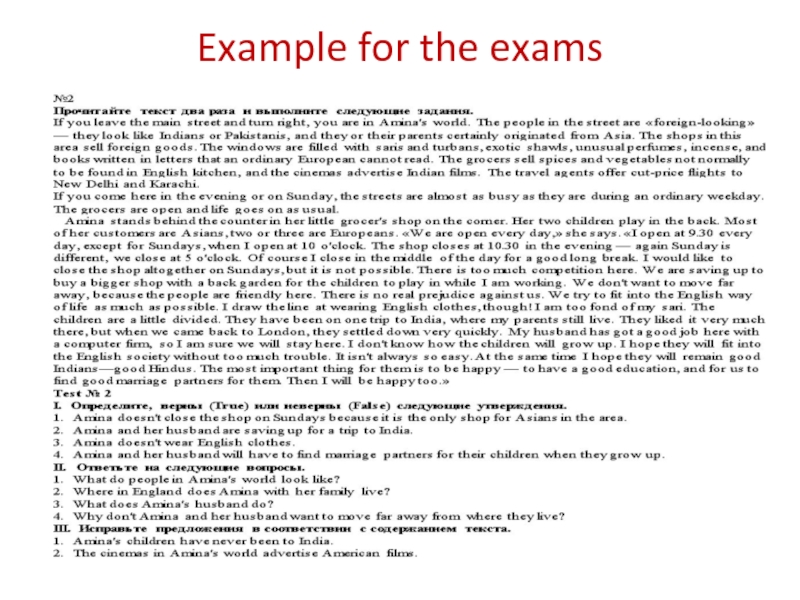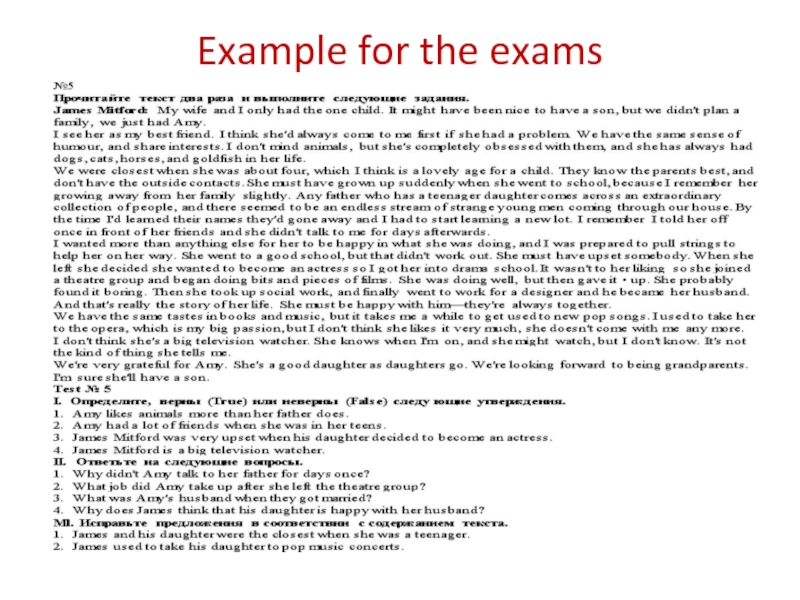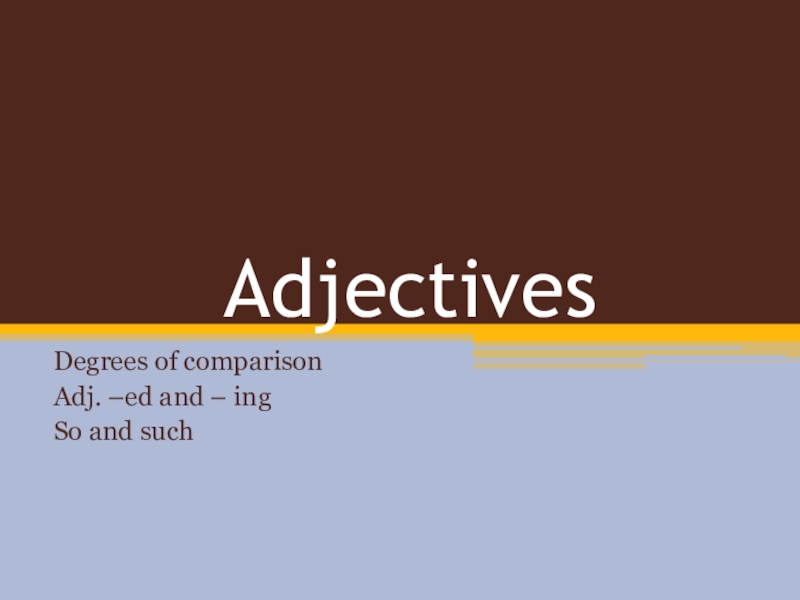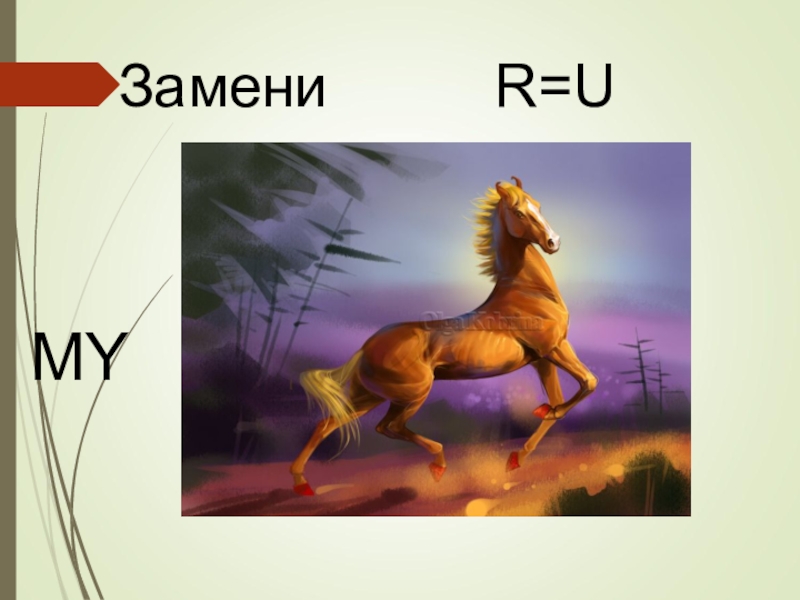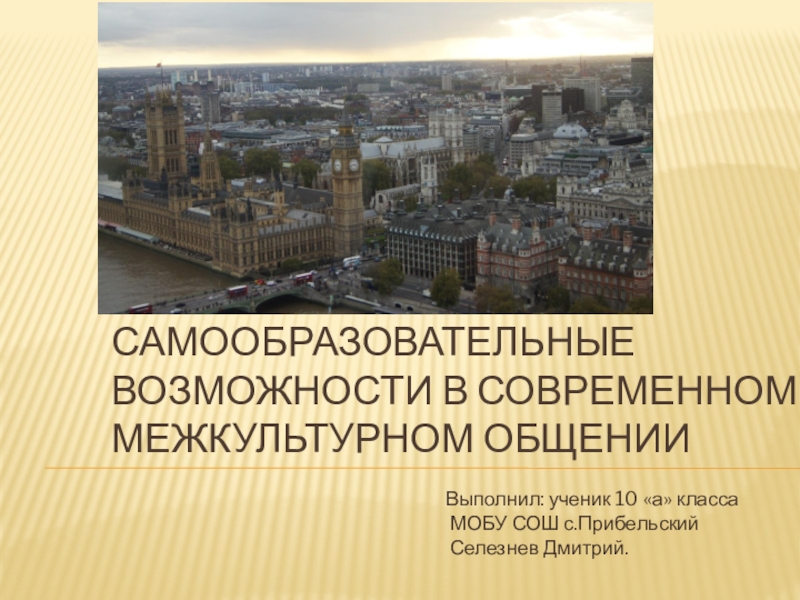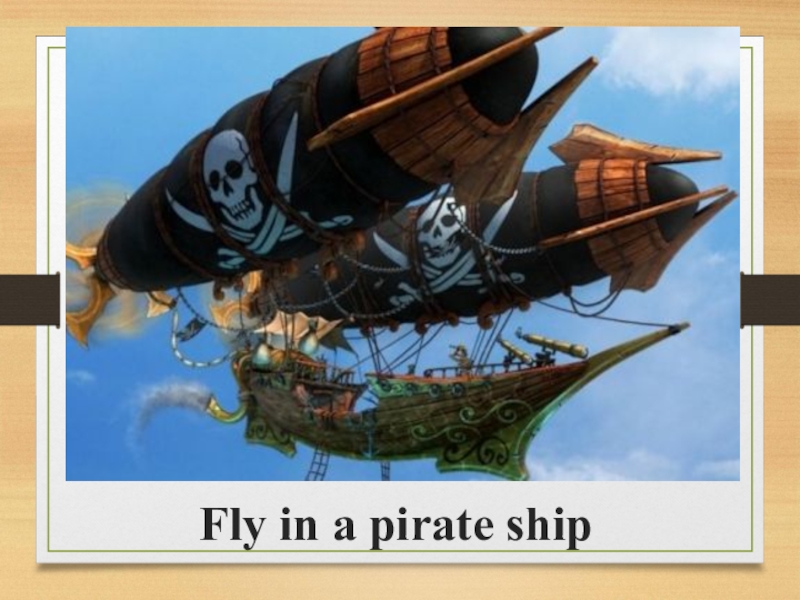Reading is one of the four language skills: reading, writing, listening and speaking. It is a receptive skill, like listening. This means it involves making sense of written text. To do this we need to understand the language of the text at word level, sentence level or whole-text level. We also need to connect the message of the text to our knowledge of the world.
- Главная
- Разное
- Образование
- Спорт
- Естествознание
- Природоведение
- Религиоведение
- Французский язык
- Черчение
- Английский язык
- Астрономия
- Алгебра
- Биология
- География
- Геометрия
- Детские презентации
- Информатика
- История
- Литература
- Математика
- Музыка
- МХК
- Немецкий язык
- ОБЖ
- Обществознание
- Окружающий мир
- Педагогика
- Русский язык
- Технология
- Физика
- Философия
- Химия
- Шаблоны, фоны, картинки для презентаций
- Экология
- Экономика
Презентация, доклад по английскому языку на тему Использование технологий обучения тексту при работе с текстом (10-11 класс)
Содержание
- 1. Презентация по английскому языку на тему Использование технологий обучения тексту при работе с текстом (10-11 класс)
- 2. Key concepts
- 3. Different reading skills.They include:Reading for specific information
- 4. Activities practising different subskillsScanning = reading
- 5. Follow-up activity Here are 6 assessment tasks.
- 6. Answer key follow-up activities1. Following instruction: listening
- 7. Types of reading exercisesTrue/FalseYes/No questionsMultiple-choiceOpen comprehension questionsInformation
- 8. Example for the exams
- 9. Examples for the exams
- 10. Example for the exams
- 11. Example for the exams
- 12. Example for the exams
- 13. Слайд 13
Key concepts A text is usually longer than just a word or a sentence. It often contains a series of sentences, as in a letter or even
Слайд 1Использование технологий обучения чтению при работе с текстом на английском языке
в формате ЕГЭ
Слайд 2Key concepts
A text is usually longer than just a word or a sentence. It often contains a series of sentences, as in a letter or even a postcard.
Connected text is referred to as discourse.
Discourse is connected by grammar and vocabulary and /or our
knowledge of the world. Reading involves understanding these connections. This means we need to use our knowledge of the world to see the sense of connection between the sentences (coherence). The grammatical links between the sentences (cohesion) also help us to see the connection between them.
Слайд 3Different reading skills.
They include:
Reading for specific information (Scanning)
Reading for detail
Deducing meaning
from context
Understanding text structure
Reading for gist (Skimming)
Inferring
Predicting
Understanding text structure
Reading for gist (Skimming)
Inferring
Predicting
Слайд 4 Activities practising different subskills
Scanning = reading for specific information
Skimming =
reading for gist, to get a general idea of what it is about
Reading for detail, to get the meaning out of every word
Extensive reading = reading long pieces of text
Intensive reading = using text to examine language
Reading for detail, to get the meaning out of every word
Extensive reading = reading long pieces of text
Intensive reading = using text to examine language
Слайд 5Follow-up activity
Here are 6 assessment tasks. Can you name them and
say what they test?
1. The listeners listen to a recording about buying food, and point to the correct picture on the wall when they hear that food item mentioned.
2. The learners each give a mini-presentation about their house and family.
3. The learners read a text in which every seventh word has been taken out, and complete the blanks.
4. The learners take part in a discussion activity in which they discuss their opinions on a topic the teacher has given them.
5. The learners, as they leave the class, write a number from 1-5 on the board to show how much they think they have learnt in the lesson.
6. The teacher moves round the class during group work, taking notes on how much individual learners contribute ideas and on pronunciation.
1. The listeners listen to a recording about buying food, and point to the correct picture on the wall when they hear that food item mentioned.
2. The learners each give a mini-presentation about their house and family.
3. The learners read a text in which every seventh word has been taken out, and complete the blanks.
4. The learners take part in a discussion activity in which they discuss their opinions on a topic the teacher has given them.
5. The learners, as they leave the class, write a number from 1-5 on the board to show how much they think they have learnt in the lesson.
6. The teacher moves round the class during group work, taking notes on how much individual learners contribute ideas and on pronunciation.
Слайд 6Answer key follow-up activities
1. Following instruction: listening for specific information.
2. A
presentation: ability to talk for an extended period, discourse management, fluency, accuracy, pronunciation, range and accuracy of grammar and vocabulary.
3. Cloze: reading for detail, deducing meaning from context.
4. Discussion: oral fluency, interactive strategies, quality of ideas, pronunciation, accuracy of grammar and lexis.
5. Self-assessment: evaluating progress.
6. Informal assessment: contribution/ participation and pronunciation.
3. Cloze: reading for detail, deducing meaning from context.
4. Discussion: oral fluency, interactive strategies, quality of ideas, pronunciation, accuracy of grammar and lexis.
5. Self-assessment: evaluating progress.
6. Informal assessment: contribution/ participation and pronunciation.
Слайд 7Types of reading exercises
True/False
Yes/No questions
Multiple-choice
Open comprehension questions
Information transfer, e.g. table completion
Ordering
paragraphs
Choosing titles for texts on paragraphs
Choosing titles for texts on paragraphs
